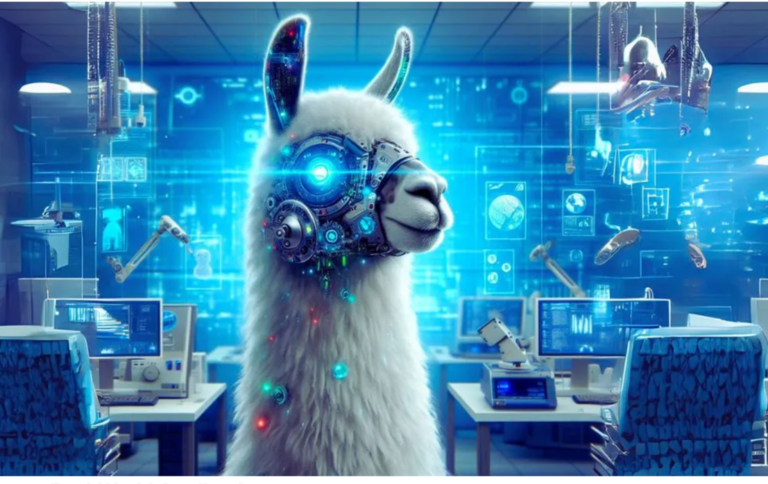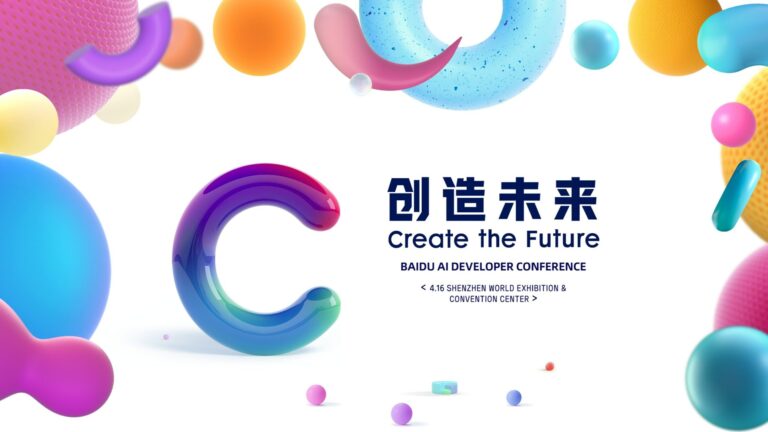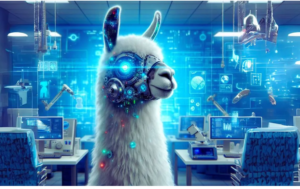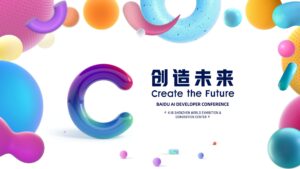Fuchsia could replace Android Auto and Android Wear.
- Google’s mysterious operating system Fuchsia is starting to take shape with the addition of a user interface as well as support for programming languages that are used to create both Android and iOS apps.
- What was first noticed as a few lines of script is gradually reaching the point where it could be suitable to run a large range of digital devices leaving me wondering whether this is its answer to the endemic Android fragmentation problem.
- Fuchsia was first noticed on GitHub in August 2016 and differs from Android in that it is not based on Linux but on a kernel called Magenta which looks more like a kernel that is typically used for embedded systems such as vehicle infotainment units, white goods and so on.
- Fuchsia is also a real-time operating system (RTOS) which tend to be used for smaller systems which are typically embedded where response time is critical to the user experience.
- Windows, Linux, Unix and so on are less time critical and are designed to run multiple tasks at the same time on much more powerful hardware.
- This is the one thing that makes me question the suitability of Fuchsia to replace Android as other factors make it look a lot like an Android replacement:
- First, user interface: the user interface (Armadillo) that has been added looks a lot like what one would expect from a smartphone with a touch-based input system and card-based user experience design.
- Second, Swift support: Recent code contributions by Google indicate that it is working to include support for the Swift programming language which can be used to create apps for all of Apple’s operating systems.
- This is a significant step as it implies that Google is working to make it as easy as possible for developers to have their apps running on Fuchsia.
- Developers often develop for Apple before turning their attention to Android due to the better economics that exist for them on iOS.
- This support could allow them to publish on Fuchsia at the same time with no incremental effort.
- This kind of support has been promised many many times in the past but no one has really delivered it in practice.
- Third, obsolescence: looking at the history of Symbian, it became unusable 12 years after its creation as the core upon which it was built become obsolete and impractical to upgrade.
- Android will be 12 years old in 2019 raising the possibility that it, too, may become obsolete requiring a complete rewrite from scratch.
- My take home from this analysis is that Fuchsia looks most suited to be used in embedded systems such as vehicles, white goods, machinery, wearables and so on.
- Consequently, this could be a single replacement for Android Auto and Android Wear, both of which are not ideally suited (because they are Android forks) for the use cases for which they were designed.
- Hence, I think that it is unlikely that Fuchsia will replace Android on smartphones and tablet, but the possibility is there should Android start to struggle with obsolescence.
- Given, its current stage of development, I would expect Fuchsia to make a real appearance in 2019 rather than 2018.
- In order to solve the Android fragmentation problem Fuchsia would need to be closed down by Google and used to replace Android on smartphones which at the moment looks like a big stretch.
- Therefore, I still think that a complete closing down of Android to become a proprietary OS is how Google will solve the fragmentation and updating problems that are crippling the user experience on Android.









Blog Comments
Nick Muir
November 21, 2017 at 12:27 pm
Great view!